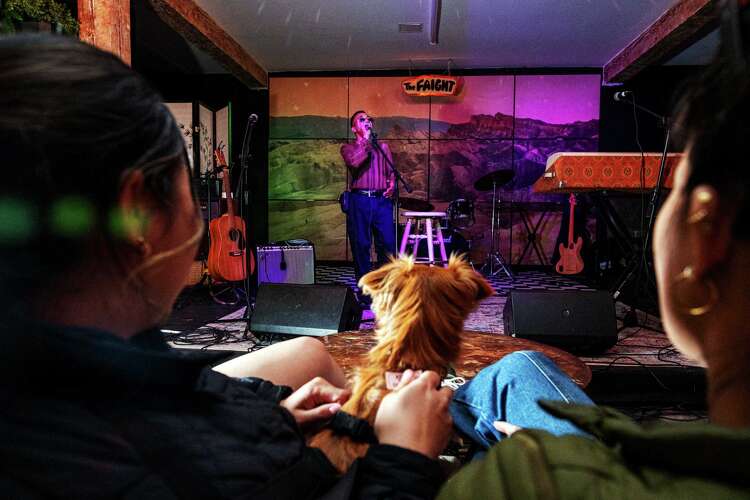No Drinking, No Late Nights: How 20-Somethings Are Reshaping San Francisco's Nightlife

The Struggle of San Francisco’s Nightlife in an Aging City
San Francisco, known for its vibrant nightlife and cultural diversity, is facing a significant challenge as its population ages and younger generations show less interest in traditional bar culture. This shift has led to a crisis in the city's entertainment industry, with many bars and clubs struggling to stay afloat.
At the annual nightlife summit hosted by the San Francisco Entertainment Commission, discussions centered on the pressing issue of where the city's younger customers have gone and how to bring them back. The event highlighted the growing concerns among nightclub owners, promoters, and publicans about the changing demographics and consumer behavior.
The Impact of an Aging Population
One of the key points raised was the rapid aging of the city's population. San Francisco now has the second-lowest share of people under 30 among the 150 largest U.S. counties, at around 30%. From 2013 to 2023, the percentage of residents between the ages of 22 and 29 dropped from 16% to 13%, representing a loss of approximately 25,000 people. This demographic shift has had a ripple effect on various sectors, including healthcare, education, and housing.
The city's entertainment industry, which has long relied on young professionals with disposable income, is now increasingly dependent on older patrons. However, these groups often have less time and resources to spend on nightlife activities due to family responsibilities and financial commitments.
Changing Drinking Habits Among Younger Generations
Another major concern is the decline in alcohol consumption among Gen Z and millennials. Data from the U.S. Bureau of Labor Statistics shows a significant drop in drinking between generations. While Boomers spent $25 billion annually on alcohol, Gen Z spends only $3.1 billion. Millennials, meanwhile, spend $23.4 billion, with Gen X spending $23.1 billion.
This change in drinking habits has forced many establishments to rethink their business models. For example, some venues have started offering non-alcoholic options and focusing on creating immersive experiences that appeal to a broader audience. Co-owner of Bottom of the Hill, Lynn Schwartz, noted that Gen Z prefers healthier alternatives like hop water and Red Bulls over traditional alcoholic drinks.
Adapting to New Trends and Preferences
In response to these challenges, some nightlife entrepreneurs are adapting their strategies. Fred Barnes, manager of the Great American Music Hall, has had to completely shift his approach to booking bands and events. He emphasized the importance of understanding the tastes of the Gen Z audience, who tend to be more eclectic and less genre-specific than previous generations.
Some successful ventures include daytime DJ sets, coffee-shop pop-ups, and events featuring emerging genres like Cumbia. These changes reflect a broader trend of reimagining nightlife to cater to a more diverse and unpredictable audience.
The Role of Community and Creativity
Despite the challenges, there are signs of hope. Venues like the Faight Collective in the Lower Haight and Casements in the Mission are thriving by offering unique experiences that resonate with younger generations. These spaces blend art, music, and community, creating a sense of belonging that appeals to Gen Z.
Daniel Bondi, co-founder of the Faight Collective, highlighted the importance of community organizers and immersive events. He mentioned a techno brunch where everyone wore black and sunglasses, capturing the essence of a Berlin club but in the morning. Casements, an LGBTQ-friendly Irish bar, also offers a variety of curated events that attract a loyal customer base.
The Future of San Francisco’s Nightlife
As San Francisco continues to navigate these changes, the future of its nightlife depends on embracing new trends and fostering creativity. Entrepreneurs and venue owners are encouraged to empower young promoters and collectives who understand the preferences of their peers. By offering a range of experiences, including non-alcoholic options and interactive activities, they can create a more inclusive and engaging environment.
While the road ahead may be challenging, there is a growing belief that San Francisco's nightlife scene is evolving into something new and exciting. With a focus on community, creativity, and adaptability, the city has the potential to reclaim its status as a vibrant hub of culture and entertainment.
Post a Comment for "No Drinking, No Late Nights: How 20-Somethings Are Reshaping San Francisco's Nightlife"
Post a Comment